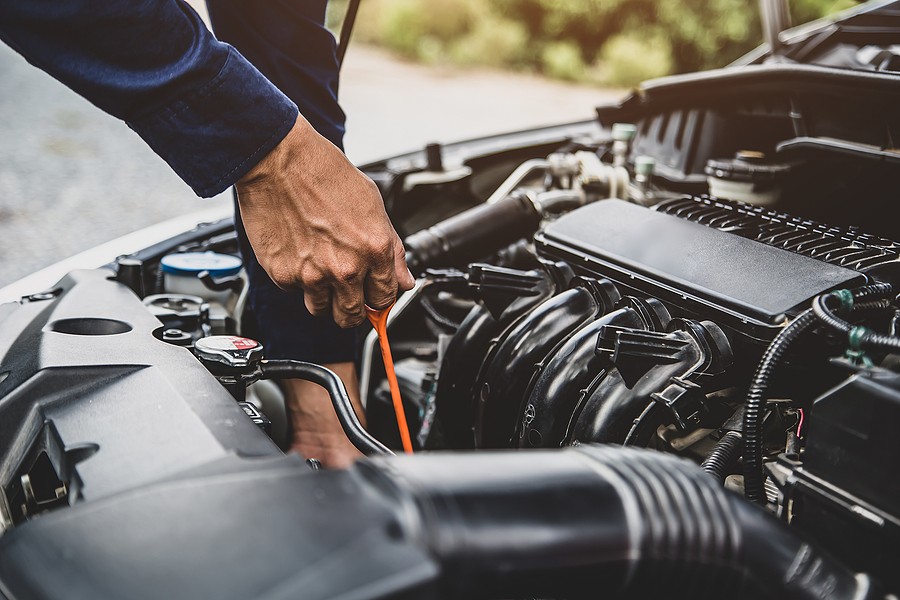Are you planning to sell a car that needs repairs, but not sure where to start? Selling a car with mechanical problems can be a daunting task, but with the right preparation and approach, you can make the process smoother and more profitable. In this comprehensive guide, we'll walk you through the steps to take before selling a car with repairs needed, so you can maximize your car's value and minimize your stress.
Assess the Condition of Your Car
The first step in selling a car with repairs needed is to assess its current condition. Take a close look at your car and make a list of any visible or suspected issues, such as:
- Dents, scratches, or other cosmetic damage
- Mechanical problems, such as engine, transmission, or brake issues
- Electrical issues, such as faulty wiring or malfunctioning lights
- Interior damage, such as torn seats or damaged dashboard
Once you have a list of repairs needed, you'll be able to decide whether to fix them yourself or sell the car as-is.
Determine Your Car's Value
Before you can sell your car, you need to know its market value. There are several ways to determine your car's value, such as:
- Checking online car valuation tools, such as Kelley Blue Book or Edmunds
- Getting an appraisal from a professional appraiser
- Checking the prices of similar cars for sale in your area
Once you have an idea of your car's value, you can set a realistic asking price.
Decide Whether to Fix the Repairs
The next step is to decide whether to fix the repairs needed before selling the car. This will depend on several factors, such as:
- The cost of repairs versus the potential increase in your car's value
- The time and effort required to make the repairs
- The likelihood of finding a buyer who is willing to buy the car as-is
If the repairs needed are minor and inexpensive, it may be worth fixing them to increase your car's value. However, if the repairs are major and costly, it may be better to sell the car as-is and disclose the issues to potential buyers.

Prepare Your Car for Sale
Once you've decided whether to fix the repairs, it's time to prepare your car for sale. This includes:
- Cleaning and detailing the car to make it look its best
- Gathering all relevant documents, such as the title, registration, and maintenance records
- Taking high-quality photos of your car from different angles to use in your listing
- Writing a detailed and accurate description of your car, including any repairs needed
By taking the time to prepare your car for sale, you'll increase its appeal to potential buyers and make it more likely to sell quickly and at a higher price.
Advertise Your Car
Now that your car is ready to sell, it's time to advertise it. There are several ways to advertise your car, such as:
- Listing it on online marketplaces, such as Craigslist, Facebook Marketplace, or Autotrader
- Posting it on social media and other online forums
- Putting up signs or flyers in your local community
When advertising your car, make sure to include all relevant details, such as the make, model, year, mileage, and any repairs needed. Use high-quality photos and an accurate description to make your car stand out from the competition.
Negotiate the Sale
Once you start getting inquiries from potential buyers, it's time to negotiate the sale. Here are some tips for negotiating the best price:
- Set a firm asking price and be prepared to justify it with facts and documentation
- Be willing to negotiate, but don't sell yourself short
- Be honest and transparent about any
- repairs needed or issues with the car
- Consider getting a pre-purchase inspection to show potential buyers that you're serious about selling a quality car
- Be prepared to walk away if a buyer tries to lowball you or pressure you into accepting an unfair deal.

By negotiating the best price for your car, you'll be able to maximize your profit and sell your car with confidence.
Finalize the Sale
Once you've agreed on a price with a buyer, it's time to finalize the sale. Here are some important steps to take:
- Draft a bill of sale that includes the sale price, buyer and seller information, and any terms and conditions of the sale
- Transfer the title to the buyer and cancel your registration and insurance
- Collect payment in full and make sure it clears before handing over the keys
- Provide the buyer with all relevant documents, such as the title, registration, and maintenance records.
By finalizing the sale properly, you'll avoid any legal or financial issues and ensure a smooth and stress-free transaction.
Conclusion
Selling a car with repairs needed may seem overwhelming, but with the right preparation and approach, you can sell your car quickly and at a fair price. By assessing the condition of your car, determining its value, preparing it for sale, advertising it effectively, negotiating the best price, and finalizing the sale properly, you'll be able to sell your car with confidence and ease. Whether you're selling your car to upgrade to a newer model or to get some extra cash, these tips will help you get the best possible deal and make the process smoother and more profitable.
Recommended Reading
If you're interested in learning more about car sales, repair, and maintenance, there are many resources available online and offline. Here are some articles and books that we recommend:
- The Complete Idiot's Guide to Buying or Leasing a Car by Jack R. Nerad and Phil Edmonston
- Car Talk: Why You Should Never Listen to Your Father When It Comes to Cars by Ray Magliozzi and Tom Magliozzi
- Auto Repair for Dummies by Deanna Sclar
- How to Sell Your Car: The Complete Guide by Autotrader
- 10 Tips for Selling a Car with Mechanical Problems by CARFAX
By expanding your knowledge and staying up-to-date on the latest trends and tips in car sales and repair, you'll be better equipped to sell your car and make informed decisions about your future vehicles.



